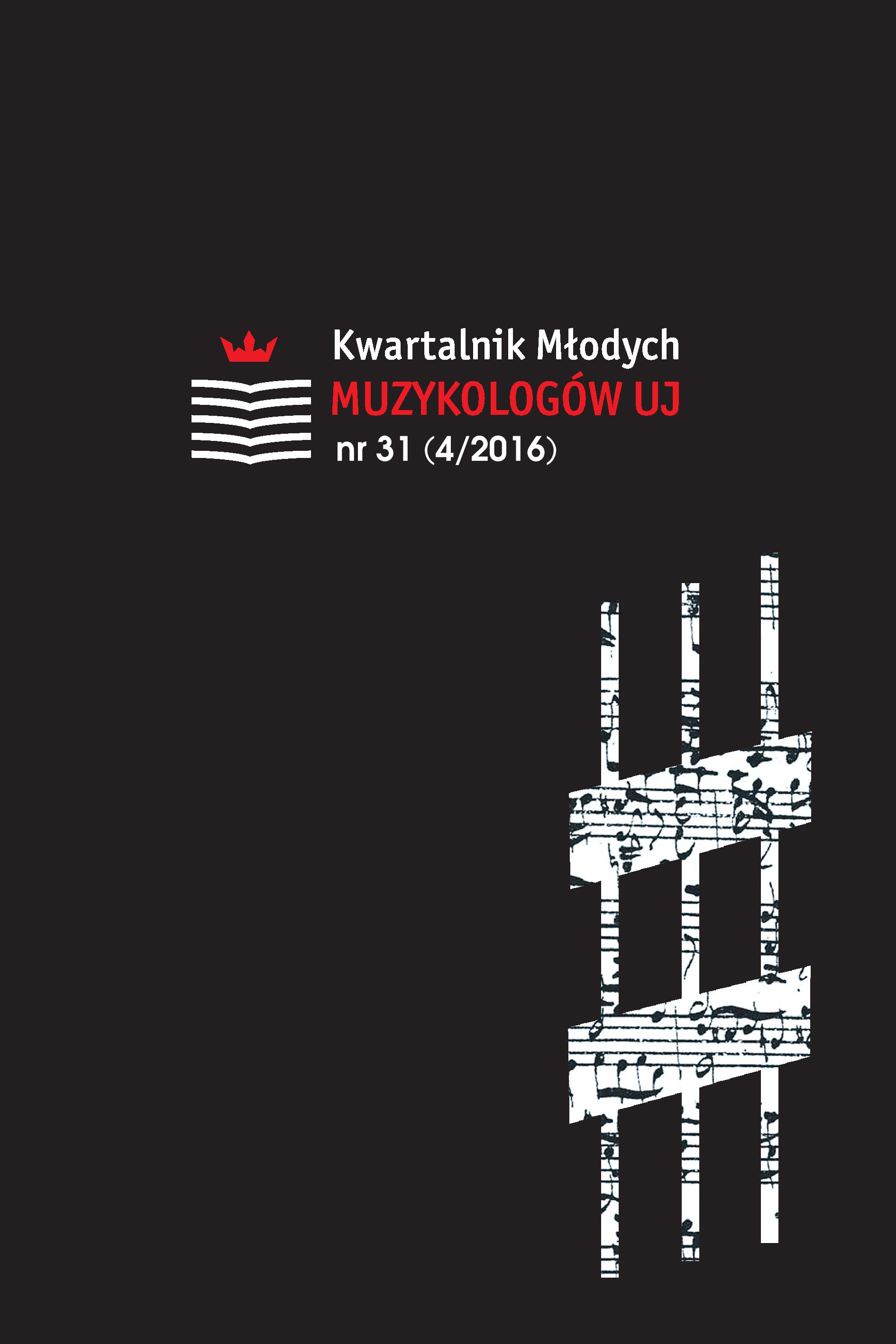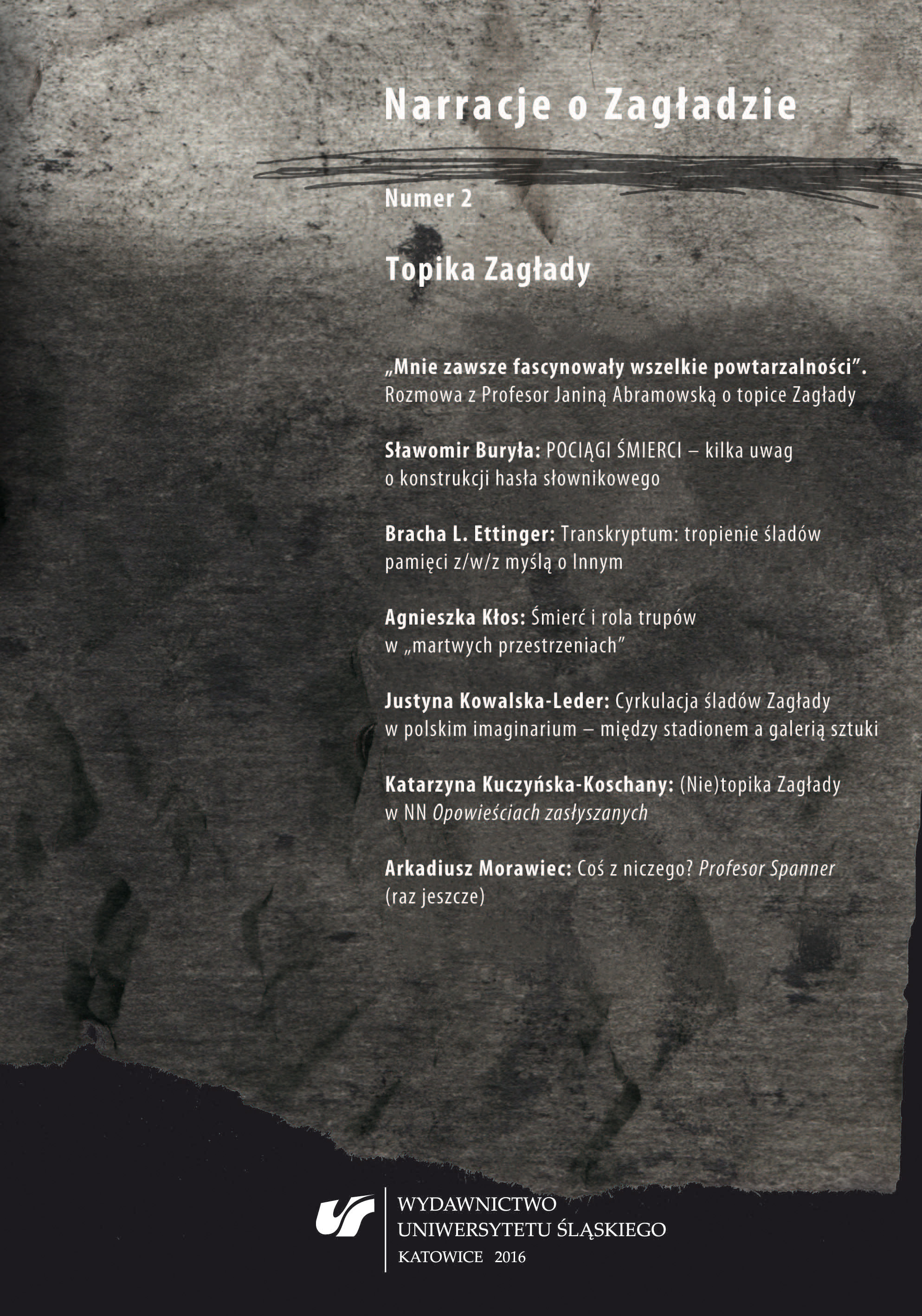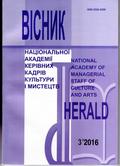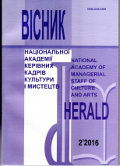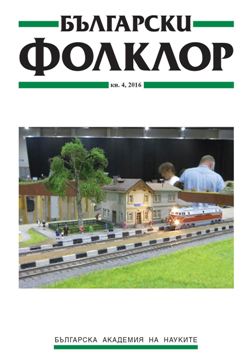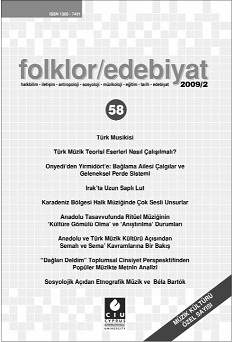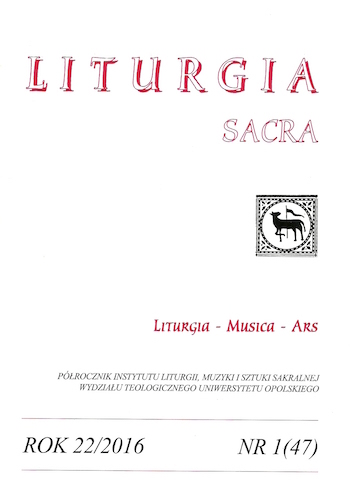
Muzyka chóralna Andrzeja Koszewskiego (1922-2015) i jej aspekt liturgiczny
A. Koszewski was one of the most outstanding Polish composers of the last century. He passed away on 17 February 2015. The most prominent of his works are choral pieces which were briefly characterized and classified according to various criteria. The attention is also given to his sacred music. The author presents arguments for its use in the liturgy. Based on the literature and two masses in a different stylistics it was shown that sacred music of A. Koszewski has got all the qualities of liturgical music. Considering its high artistic level and its deep spiritual expression, the music should be performed not only during concerts but also during the liturgy.
More...
